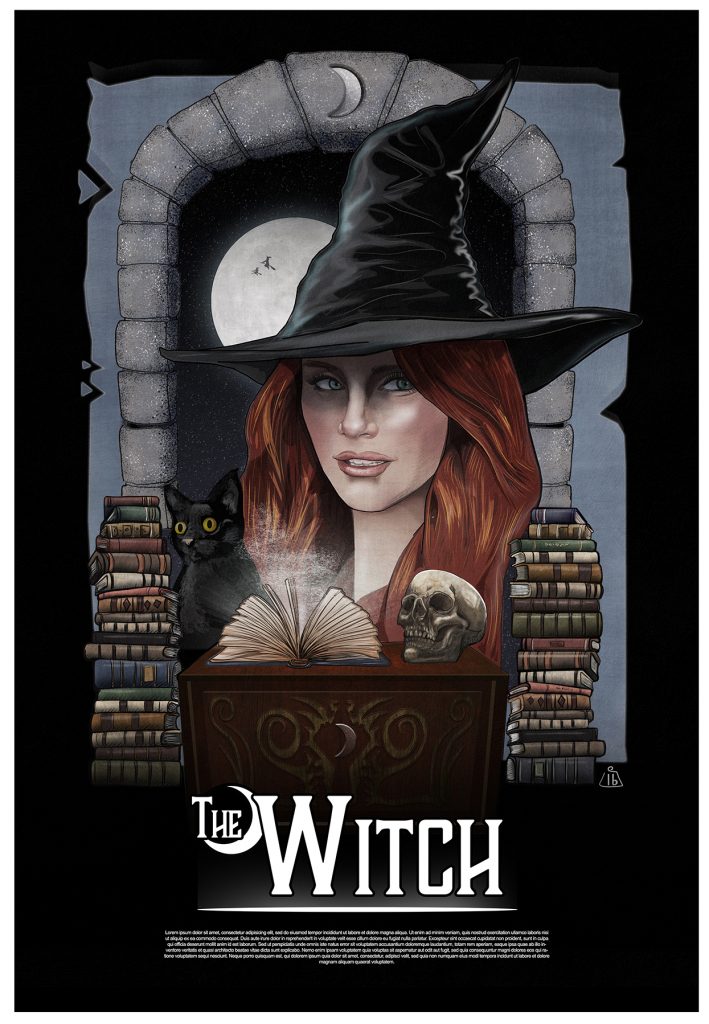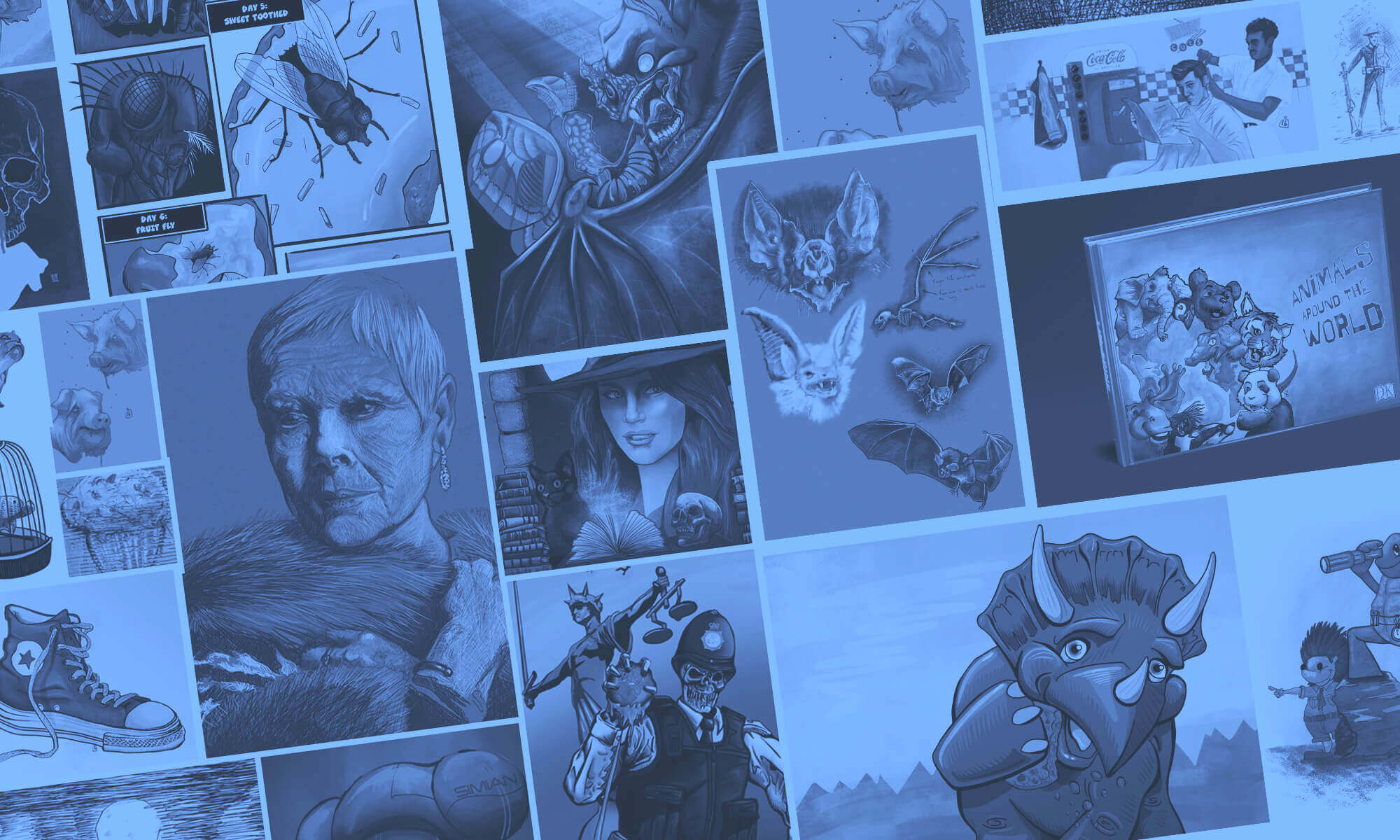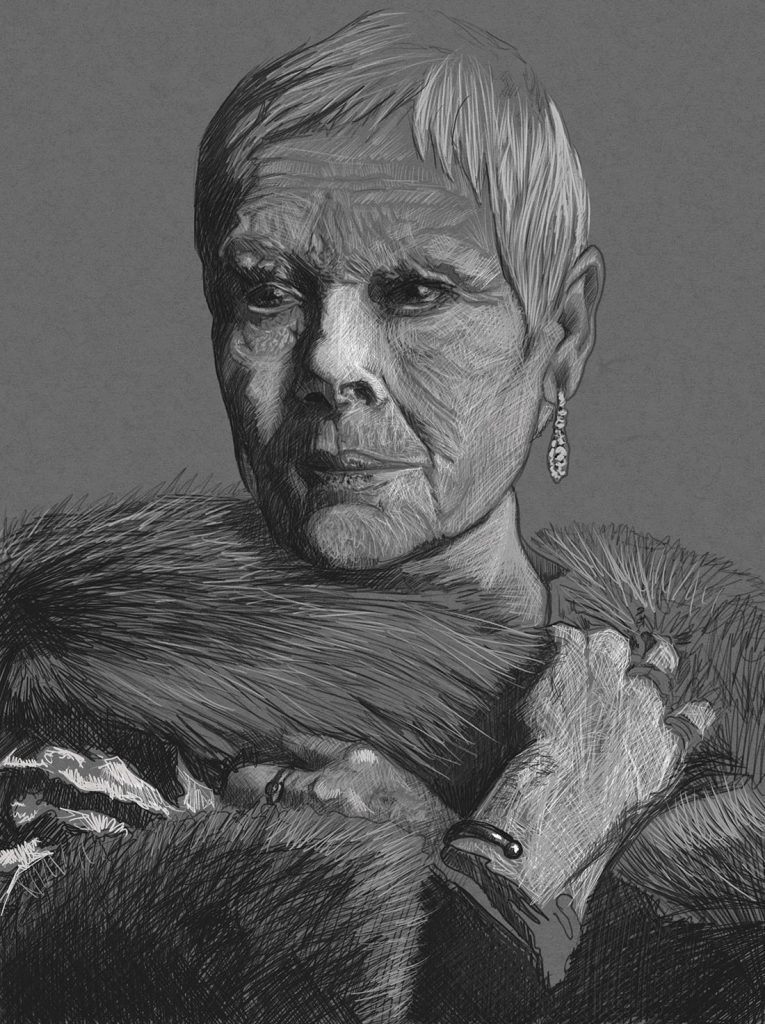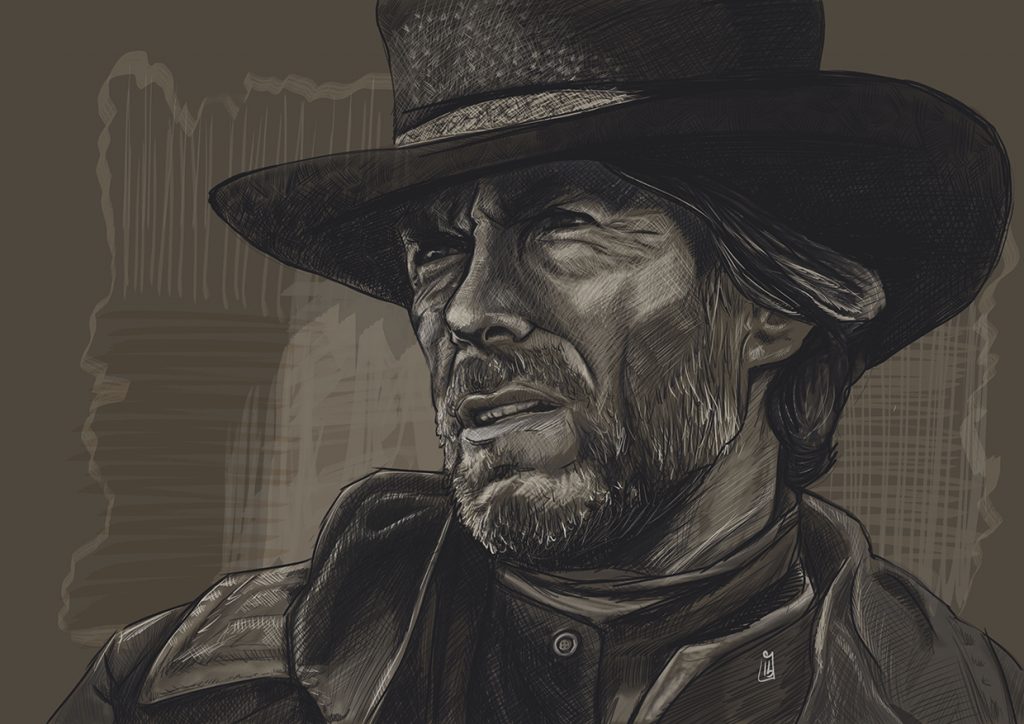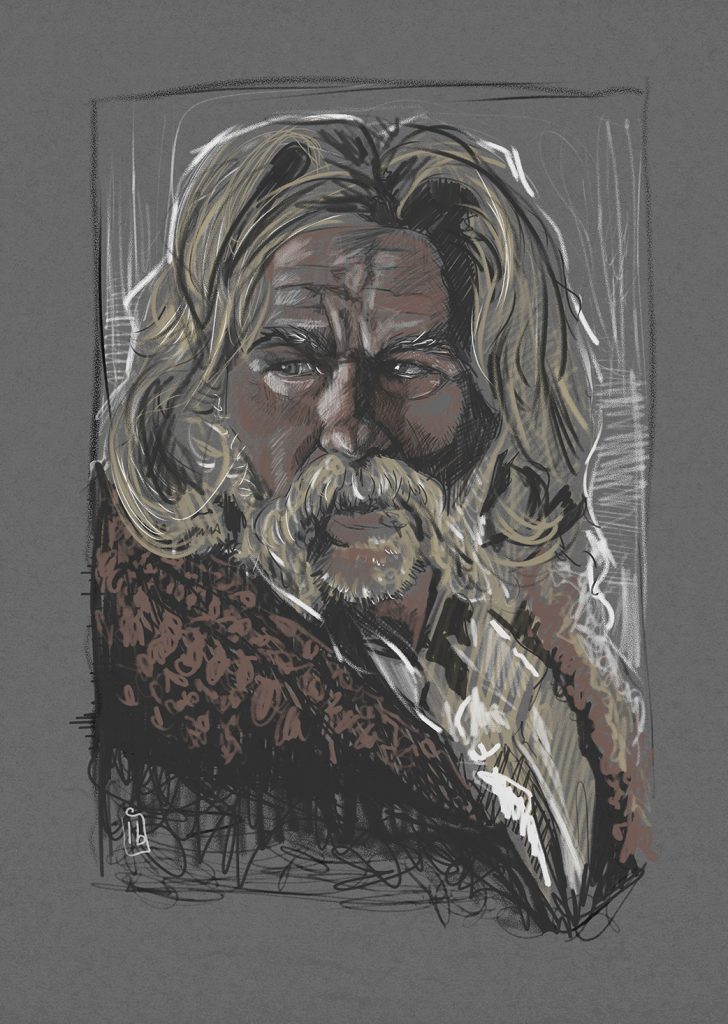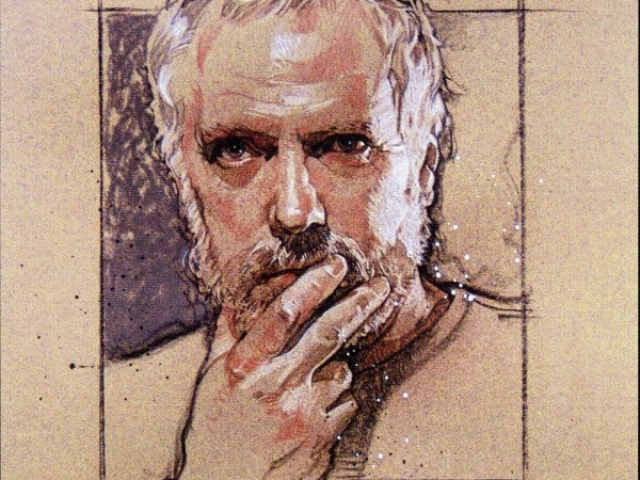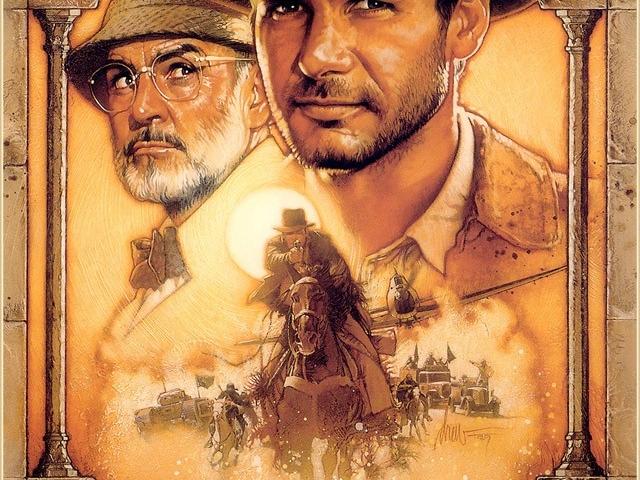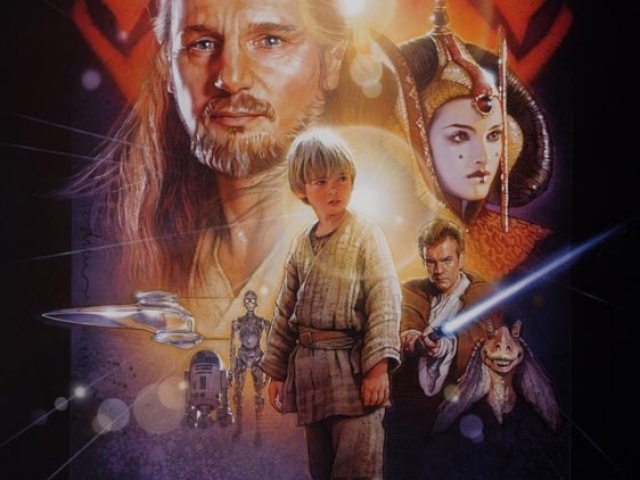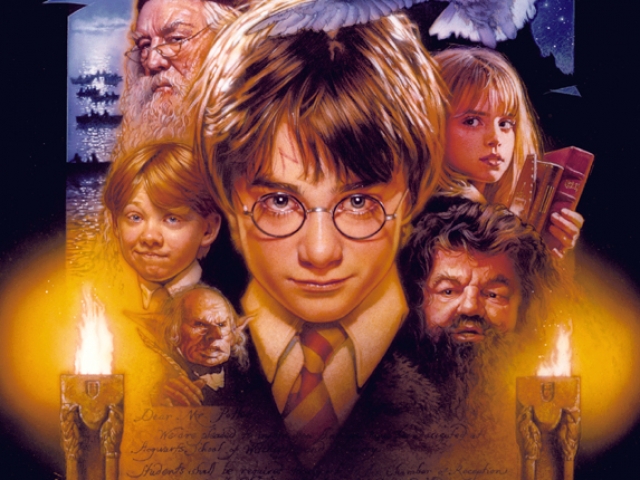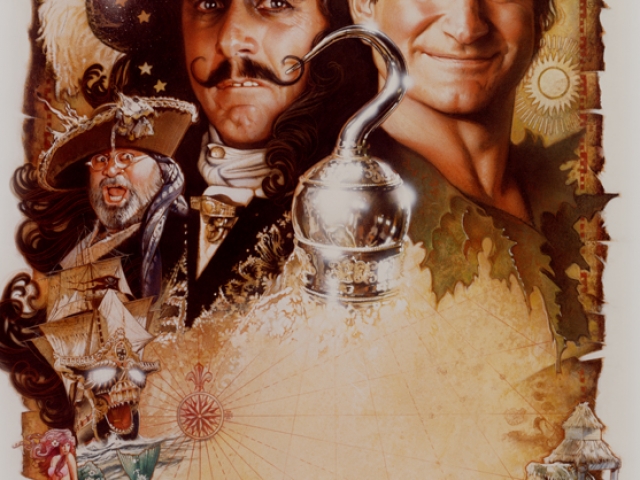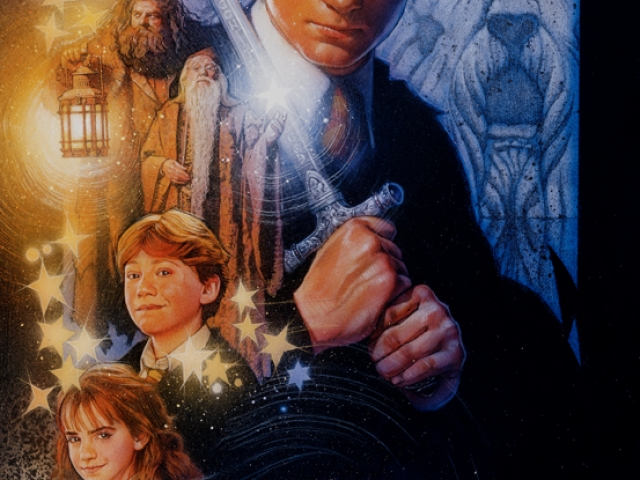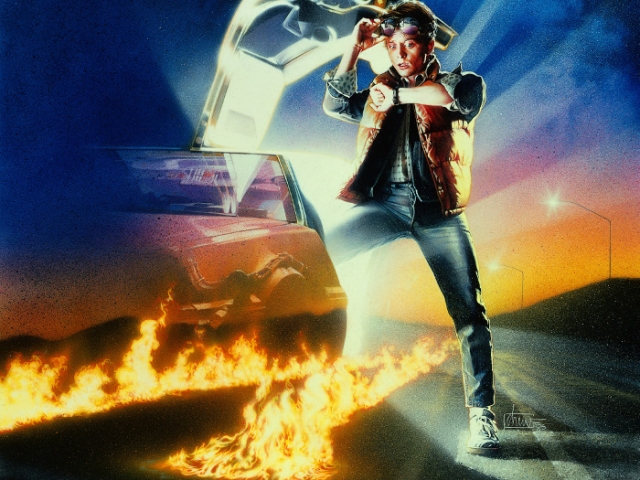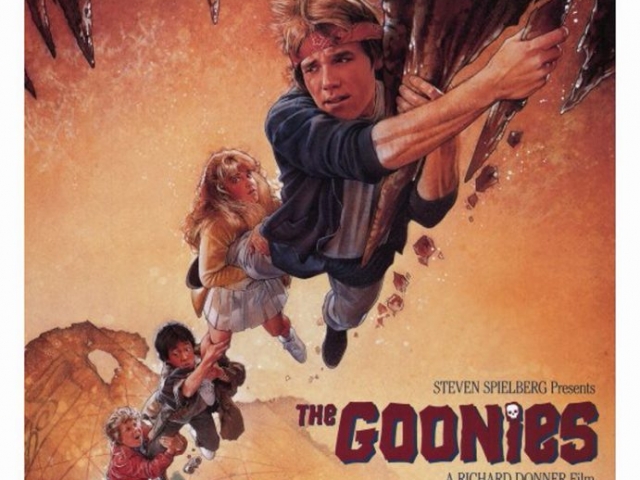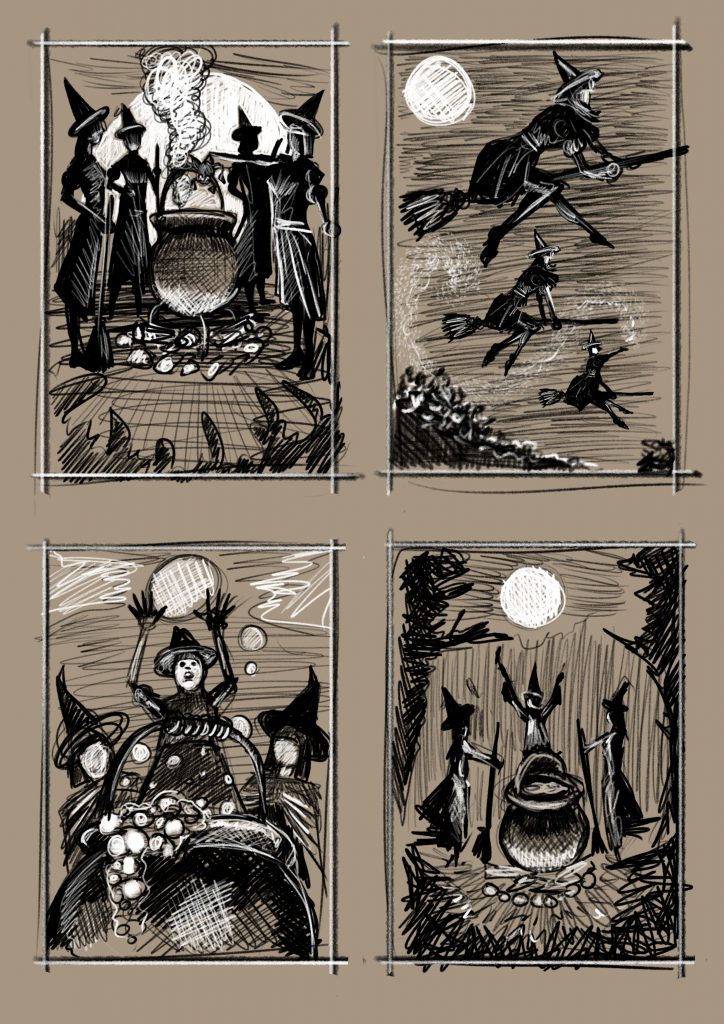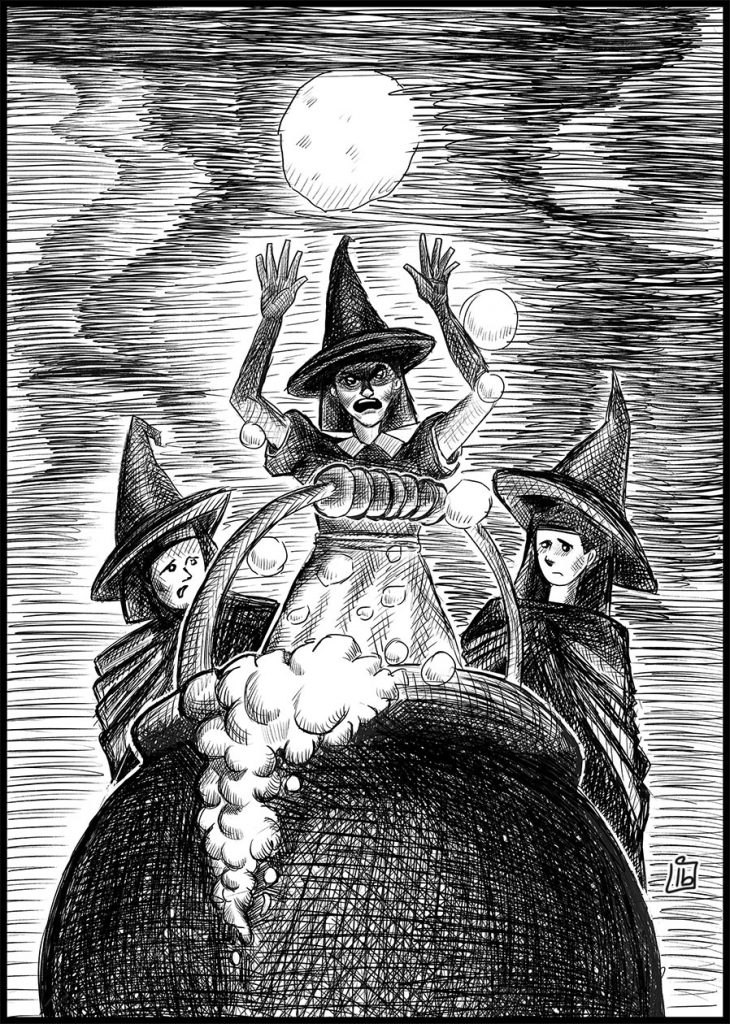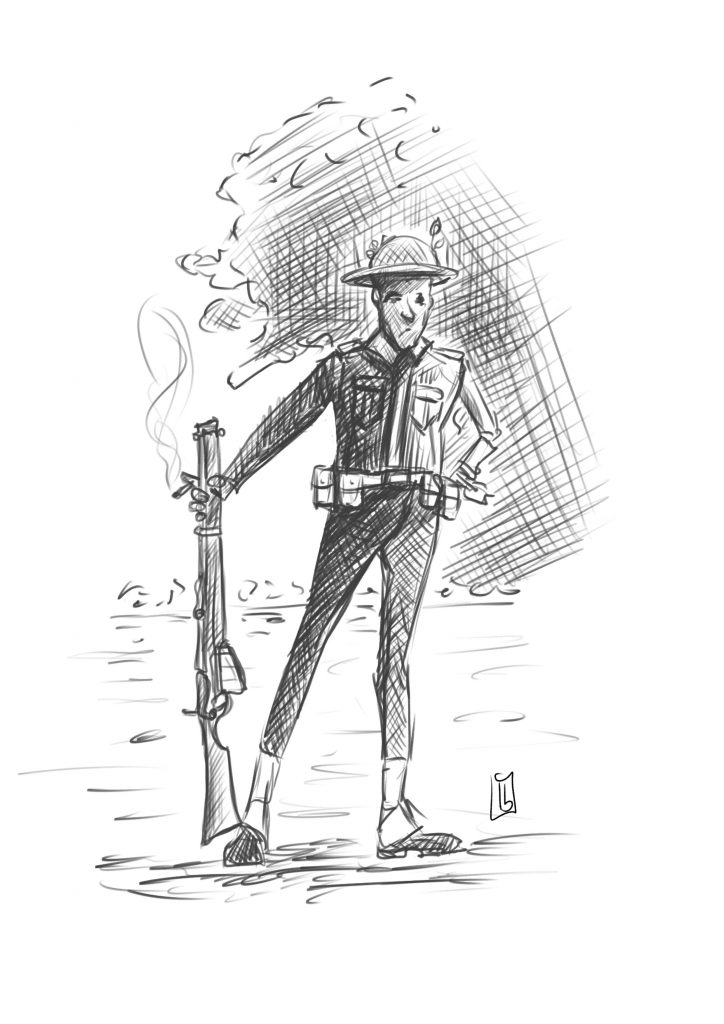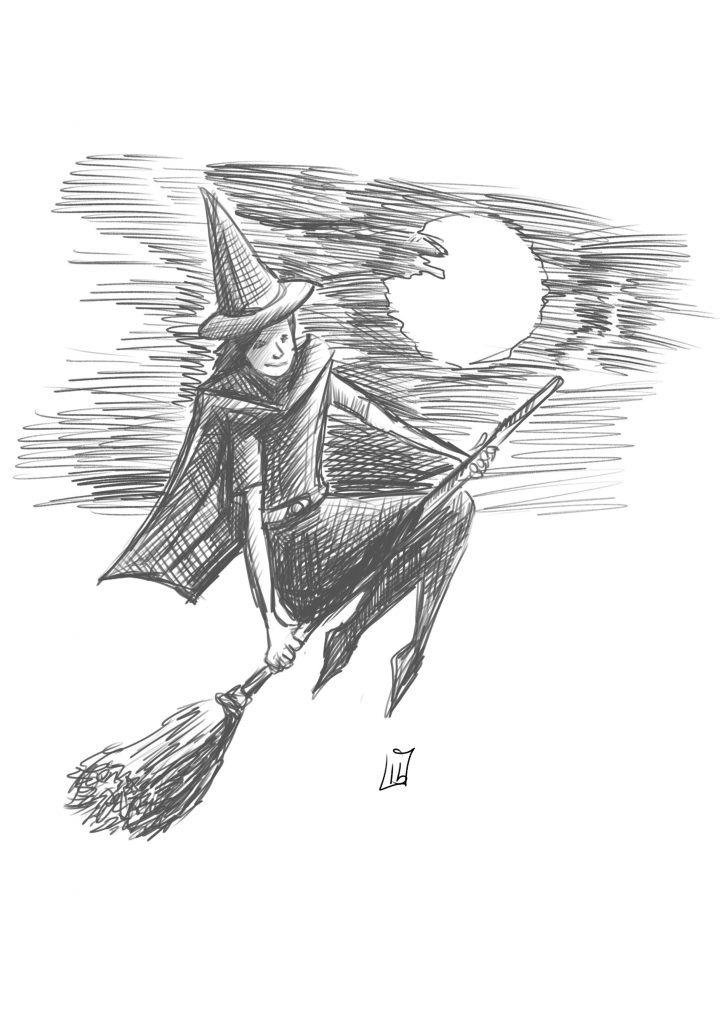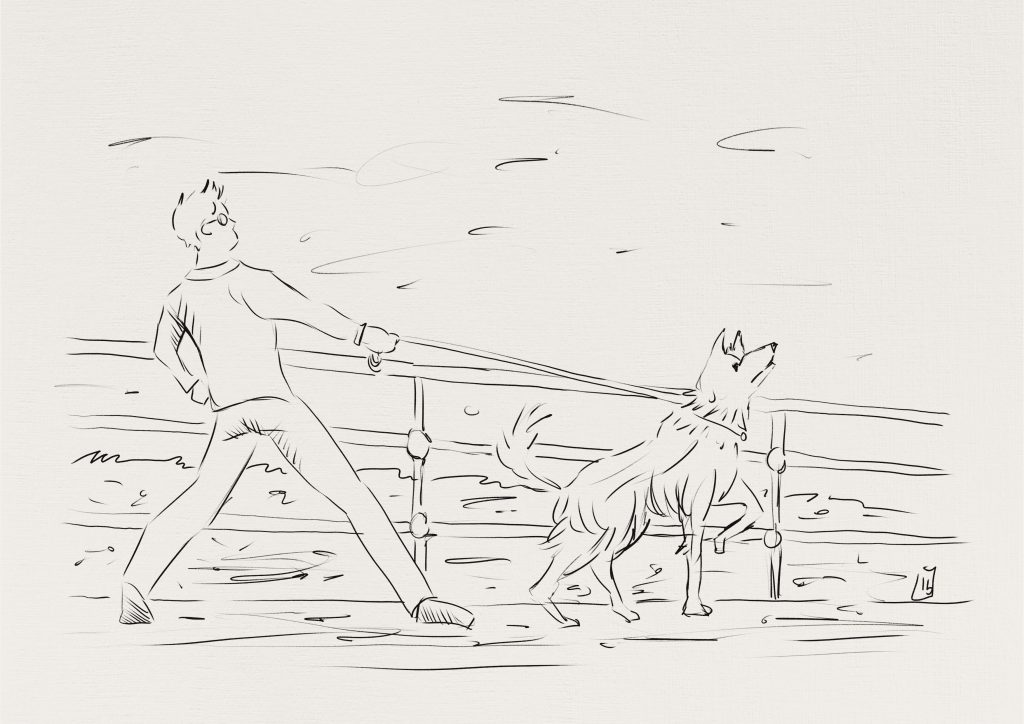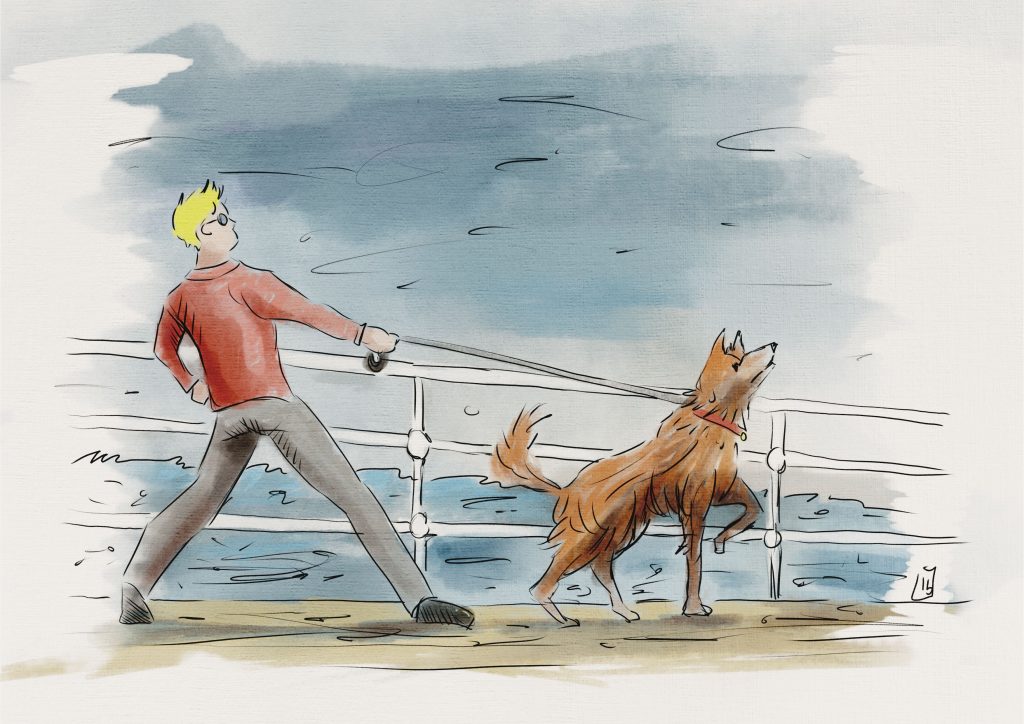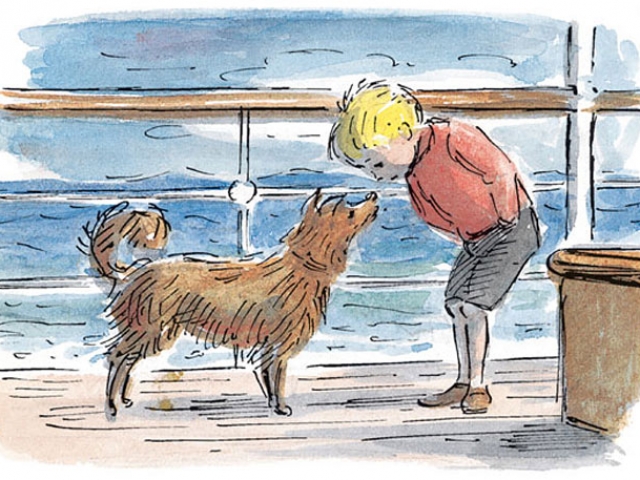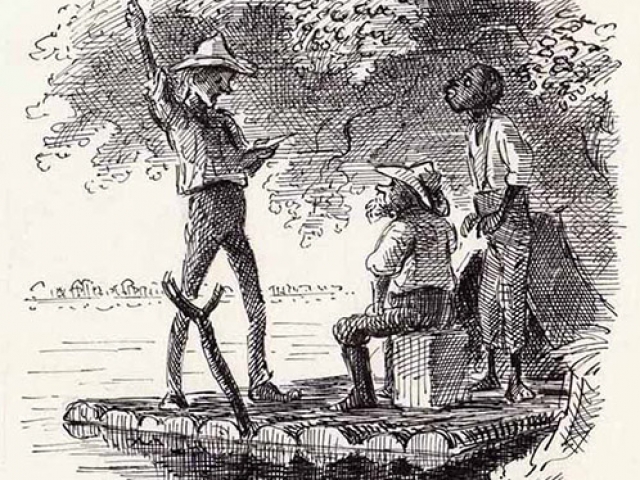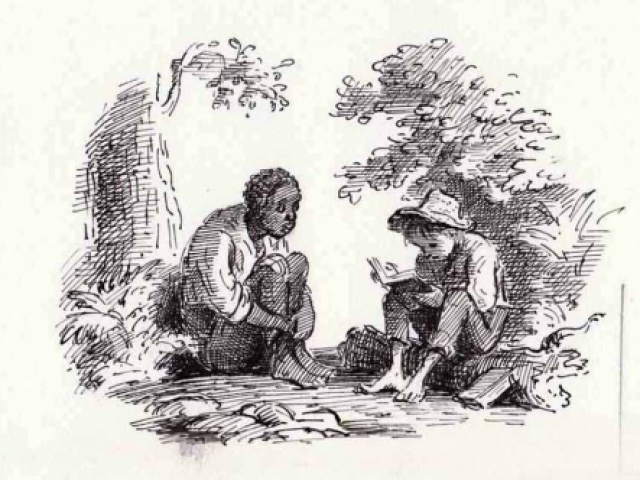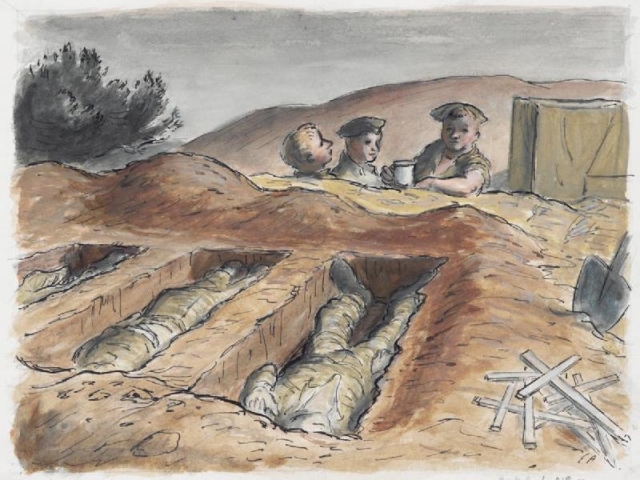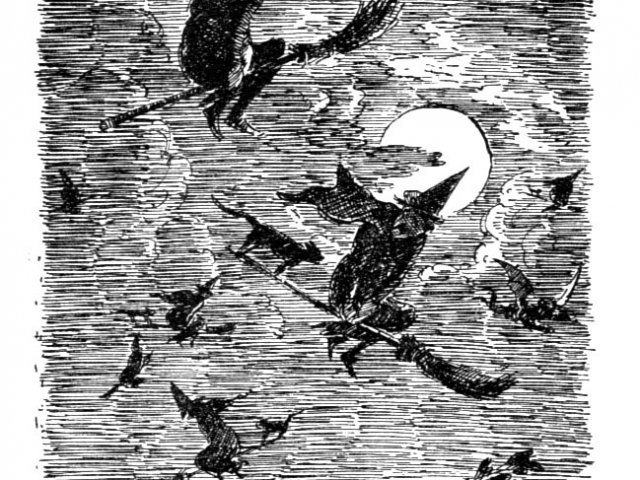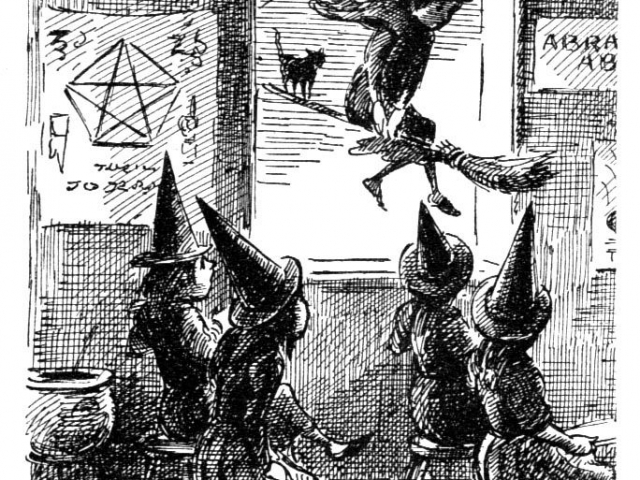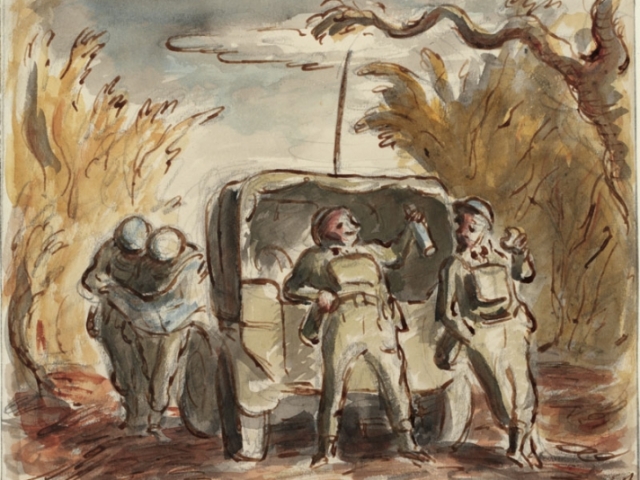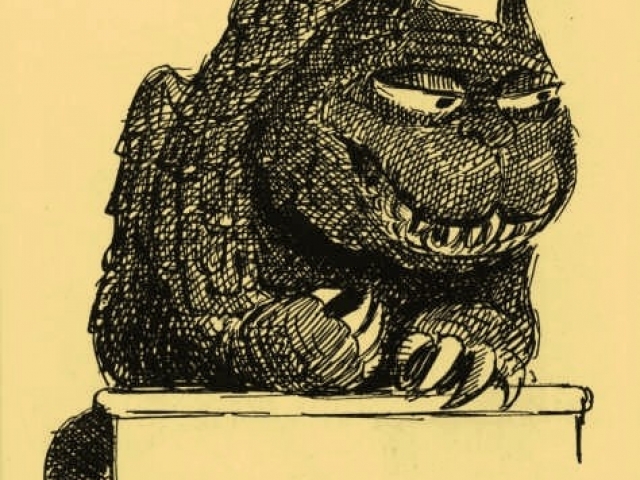I was thinking it would be nice to use the witches again, the brief did say to use similar subject matter and it would be good to show the difference in presentation between the two illustrators. Drew Struzan had worked on some Harry Potter artwork so there was a good few examples of his approach to the subject matter. In the thumbnails I included cats and spell books, moon imagery etc, anything that can add little points of interest and detail to the piece. I really liked the window and decided to do a larger portrait as the main focal point and using other witch imagery to frame the character.
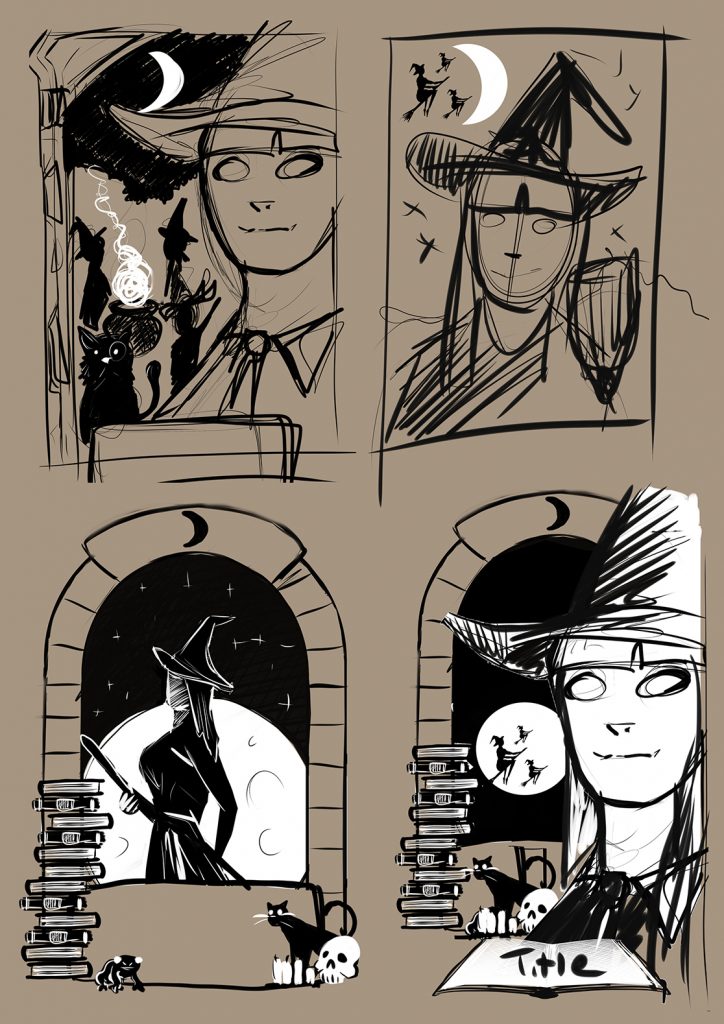
Using an image of Bryce Dallas Howard as reference I added the witches hat as she hasn’t as of yet played a witch to my knowledge so no photo exists. I produced the artwork in Photoshop starting with a simple sketch to work out the composition. It would have been great to use an airbrush and follow the techniques that Drew Struzan uses but I just didn’t have the necessary equipment.
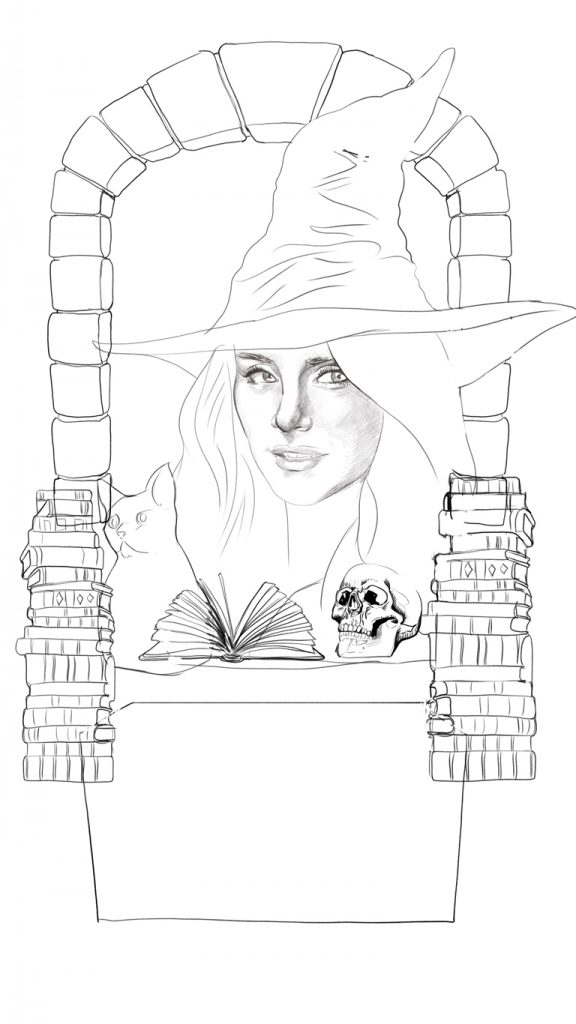
I then added the texture around the window with a simulated spatter brush, I worked more detail in with a pencil brush then added the colour with a soft brush, it was quite good experimenting with the settings to get the desired effect. I also added some textures over the top to give it a painted rough look. Somewhere in between the colour and the detailed pencil work I lost the likeness a little, I was a bit disappointed with that but happy with the way the overall image turned out even though its not quite a Drew Struzan the composition seemed fitting and with a few more attempts I’m sure I could improve on it if i wanted. More Importantly and certainly something I’ve learned form this exercise is that I need to keep searching for my own style even if that means temporarily borrowing others.
